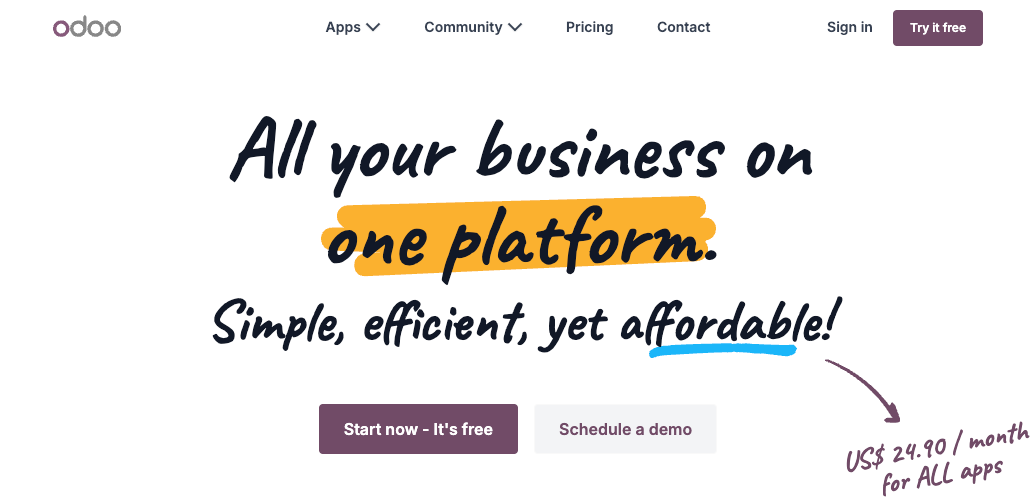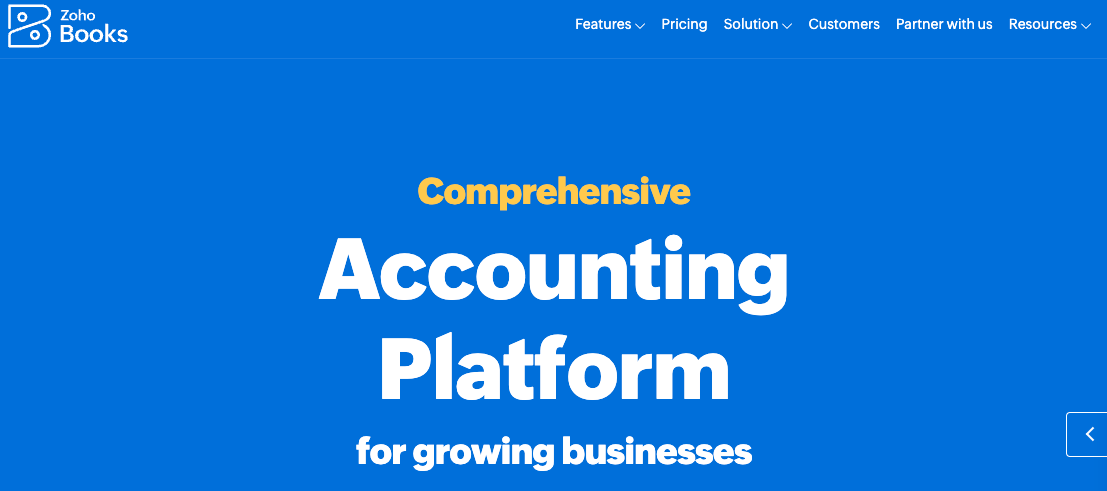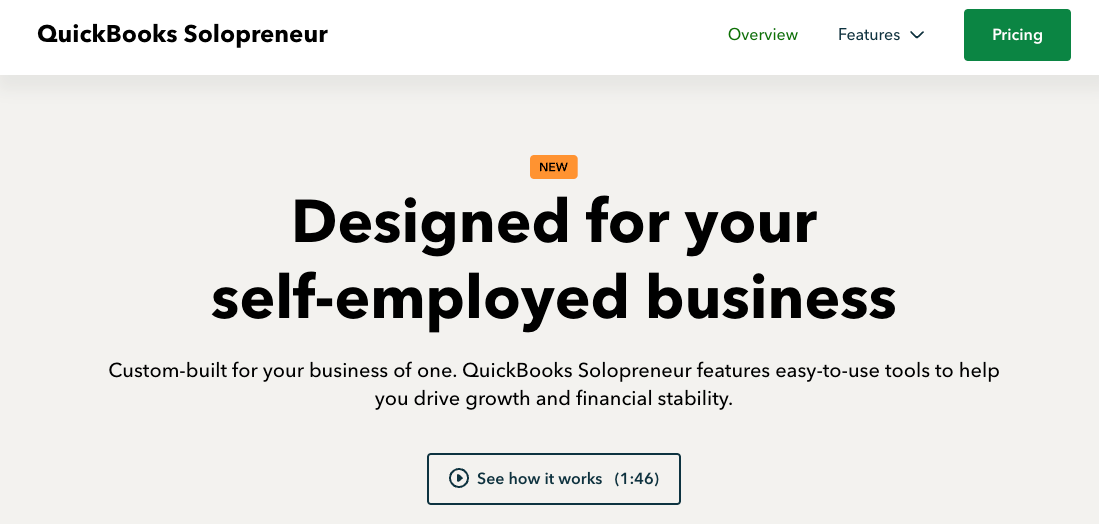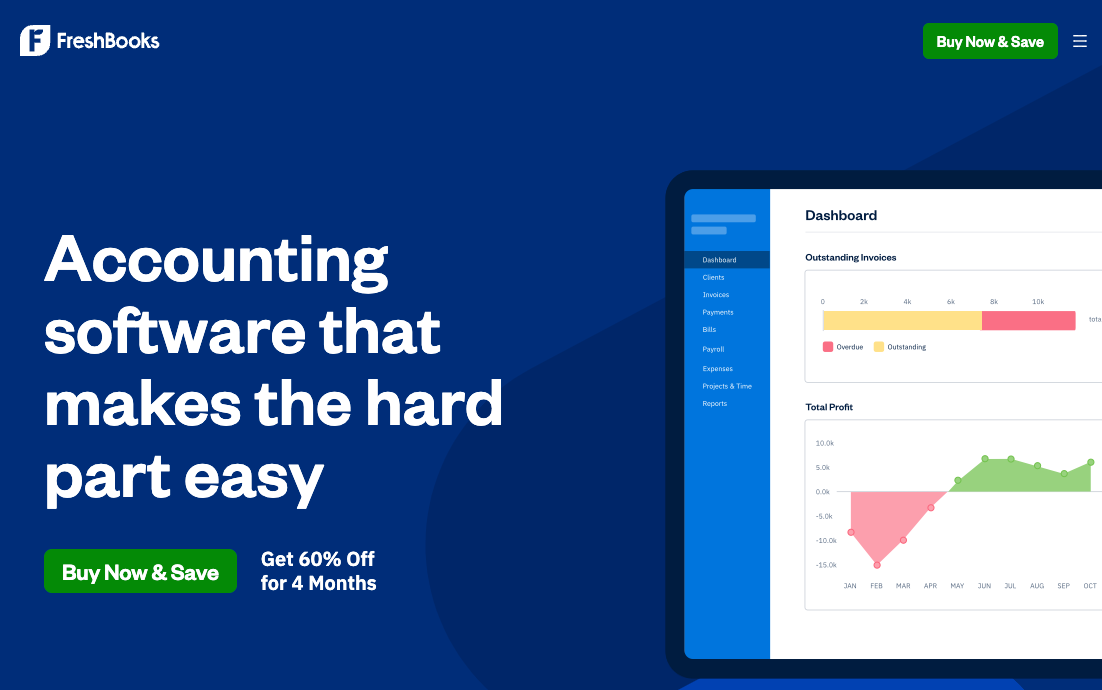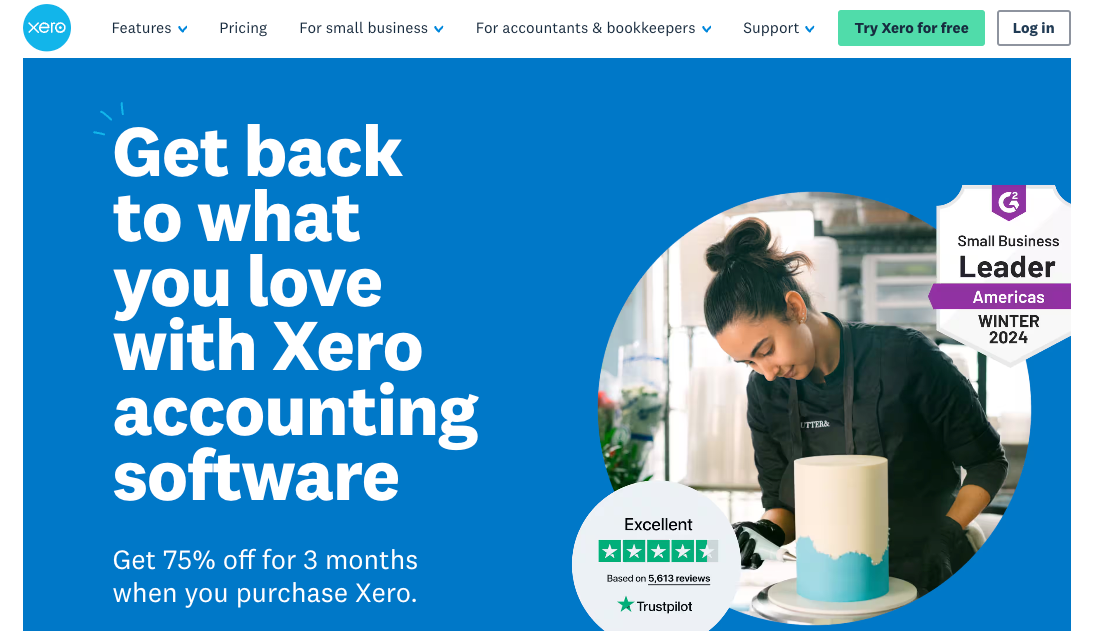
6 Best Accounting Tools For UX Freelancers in 2024
Juggling multiple projects and deadlines? I totally get it. I've definitely felt the crunch of trying to figure out payments and taxes while also wanting to deliver quality work to my clients.
While tools like UserBit help keep all your UX projects organized, the right accounting tool can really help streamline things so it’s easier to track expenses, send invoices, and stay on top of your finances.
Then you don’t have to worry about the small stuff and can focus on what you do best: creating amazing user experiences. 😁
Check out these top 6 accounting tools for UX freelancers in 2024, ranging from budget-friendly choices to premium options.
1. Wave
Are you just starting out or hoping to stick with a tight budget? Then Wave is a lifesaver.
Wave is free for the basics like invoicing, receipt scanning, and accounting, and it's super straightforward, so you won't waste time hitting your head against complicated setups.
Wave also offers a payroll feature for those looking to expand, making it a versatile choice for growing businesses.
Pricing structure
Wave is free for basic features, while payroll services start at $16 per month.
Pros
- Wave offers free access to its essential tools, which is perfect for those just starting out or with minimal financial needs.
- The interface is user-friendly and simplifies the learning curve for new users, so you can get things sorted without any fuss.
Cons
- Wave lacks some of the more advanced features found in paid software, so you might outgrow it as your needs get more complex.
- Their customer service has been noted to have slow response times, which could be a drawback for resolving urgent issues.
2. Odoo
If you're looking for something flexible that grows with your business, Odoo is a solid choice.
It's highly customizable, which means you can adapt it perfectly to your needs. The best part? You start for free and only pay for additional apps as your needs expand.
Pricing structure
Odoo offers a free plan for one app with unlimited users.
For access to all apps, the Standard plan costs $24.90 per user per month (billed annually) or $31.10 per user per month (billed monthly).
The Custom plan costs $37.40 per user per month (billed annually) or $46.80 per user per month (billed monthly).
Pros
- Odoo's pay-as-you-grow model keeps it budget-friendly while offering the flexibility to expand.
- Customization options are extensive, allowing you to tailor the tool to your exact needs.
- Odoo integrates seamlessly with other business applications so it can simplify your overall operations.
Cons
- The initial setup can be a bit daunting due to the sheer number of customization options.
- If you start adding more apps, the costs can add up quickly.
3. Zoho Books
Zoho Books stands out as an integrated solution within the broader Zoho ecosystem, making it a fantastic option if you're already used to other Zoho applications like Zoho CRM or Zoho Projects.
It's designed to work seamlessly with these tools so you can simplify your workflow and reduce the need to juggle multiple software platforms.
Pricing structure
There’s a free trial, and then plans start at $15 per month, and go up to $40 for the professional version, and finally $60 for the most premium version.
Pros
- At $15 a month, Zoho Books is quite affordable for the amount of features it offers.
- The feature set covers all the bases with extensive tools for managing invoices, expenses, and even project budgets.
- Seamless integration with other Zoho products can improve your workflow.
Cons
- The platform might take some getting used to, especially if you're new to Zoho.
- Advanced features might require you to shell out for higher-tier plans.
4. QuickBooks Self-Employed
Designed specifically for freelancers, QuickBooks Self-Employed helps with everything from tracking expenses to sorting out taxes, all accessible via an intuitive mobile app.
Pricing structure
Current plans for Quickbooks Self-Employed start at $6 per month for three months, or a total of $120 for the first year.
Pros
- Quickbooks Self-Employed is targeted toward freelancers, and it especially shines in tax preparation, with features that help you estimate, track, and file your money-related matters easily.
- The mobile app is well-made and robust, allowing for financial management on the go.
Cons
- You might find it limiting if you’re looking to expand your business.
- The lack of multi-user support could be a dealbreaker as your operation grows.
5. FreshBooks
For those dealing with a large amount of clients, FreshBooks will make life a lot easier. It’s steeper in price for an accounting tool, but you get what you pay for: a user-friendly system that saves you time on the admin side so you can concentrate more on your projects.
Pricing structure
According to FreshBooks’ most current pricing, their most popular plan starts at $13.20 a month (when it was originally $33). The premium plan costs $24 and then you can talk to a specialist if you want a customized plan.
Pros
- The user interface is straightforward and easy to navigate, which is especially ideal if you’re not an accounting expert (I know I’m definitely not 😂).
- Automation features save time and reduce manual effort.
Cons
- There's a higher initial cost compared to some accounting tool options.
- More advanced features are locked behind pricier plans.
6. Xero
Planning to grow your freelance biz? Xero can handle that growth without breaking a sweat.
Xero is a comprehensive solution that I’d recommend if you plan on scaling your operations. It offers extensive features but at a higher starting cost. Xero is more of an investment but provides a full suite of tools that support everything from day-to-day accounting to detailed financial analysis.
Pricing structure
Xero’s pricing plans are steeper than the rest of the accounting tools mentioned earlier but come with several features (e.g., sending invoices and quotes, bulking reconcile transactions).
Their starter plan is $15 per month, with the standard plan is $42 per month, and the premium version is $78 per month.
Pros
- Xero is perfect for freelancers ready to expand, offering everything from basic invoicing to complex financial reporting.
- The cloud-based system means you can access your financials from anywhere, keeping you connected to your business at all times.
Cons
- It's one of the pricier options out there, which might be more than what you're willing or able to spend.
- Expect a bit of a learning curve. The range of features can be overwhelming at first, potentially requiring more time to fully grasp and use effectively.
Conclusion
Cheers to smoother finances! With the right tool in your toolkit, you're all set to simplify your accounting needs and focus on what really matters.
And remember, UserBit is always there to keep your projects streamlined and your workflow sharp.


